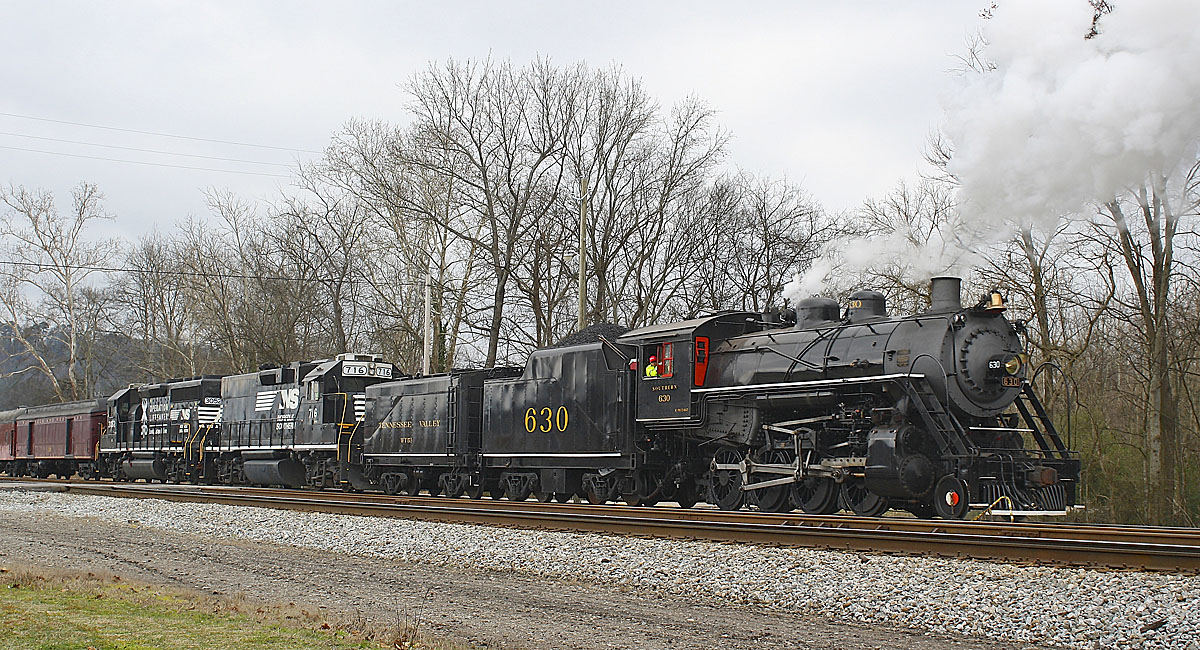A The second tender you ask about is generally referred to as an “auxiliary tender,” and also as a “canteen” or a “water car.” As the name implies, second tenders are often used to increase the supply of water that a steam locomotive has to draw from between water stops. The locomotive and tender are connected with the same sort of hoses, couplings, and valves that are used to connect a locomotive to a “first” tender. In the steam era, the auxiliary tender was used to reduce or eliminate water stops between terminals. In the fantrip era, auxiliary tenders are used because many water tanks and water columns that would have provided a large volume of water for a thirsty locomotive, have been removed. — J. David Conrad, chief mechanical officer, The Valley Railroad Co.
Auxiliary tenders
| Last updated on November 3, 2020
Ask Trains from the March 2014 issue















The Illinois Railway Museum just added an auxiliary tender for the 1630. They used to use an old milk car, but refurbished a tender. https://1.bp.blogspot.com/-9Oage4poUOg/XWcKSfpEMjI/AAAAAAAAiH0/bd7Drn9MgKgeqquScA8dLEFPsTMbHtmAwCLcBGAs/s1600/IRM%2B20190828%2B2019-08-27%2B002%2B%25281280×837%2529.jpg
Water Tenders are a way of life now of days UP has 4 and they are refitting them for Big Boy
good idea. I remember riding on #4960 trips when she was still a Q engine and fire trucks used to supply water at our layover stop. Then they started bringing a water tender along and that was eliminated.
One supplemental question; What is the dif-
ference btwn just plain old water and treated
water for steam powered RR’s equipment?
Further, w/water stops iincluding that deliver-
ed by the local volunter fire department out
in the country, what allowances are made
for “treated water”?
Fyi, Pat Latz